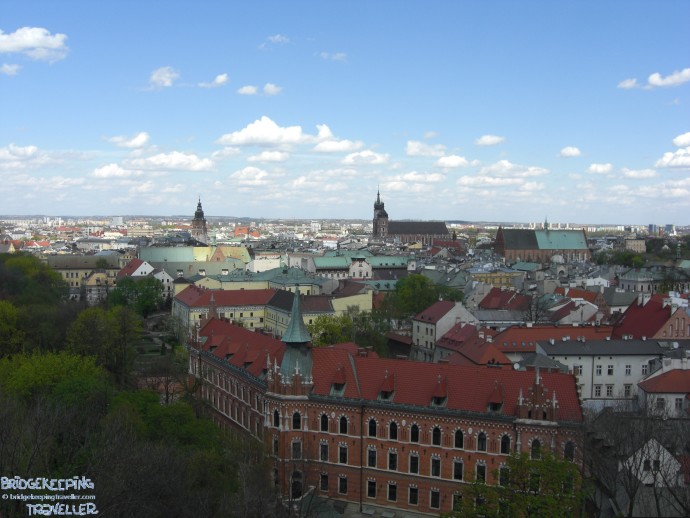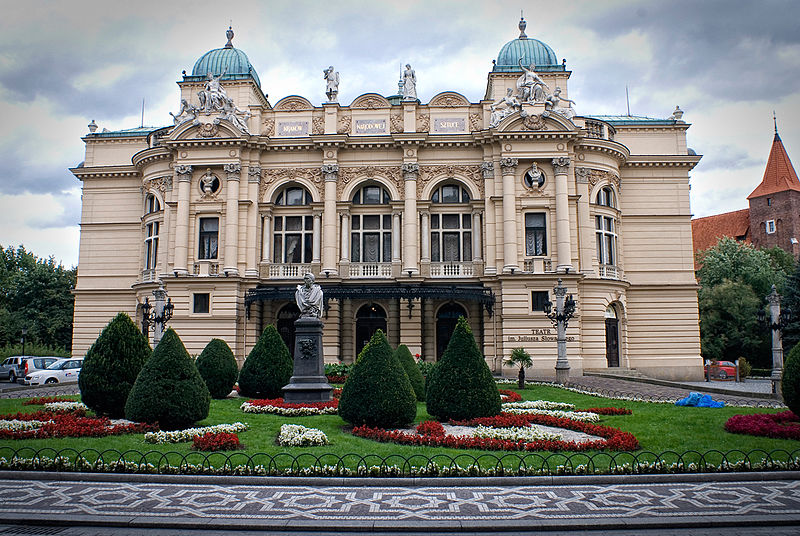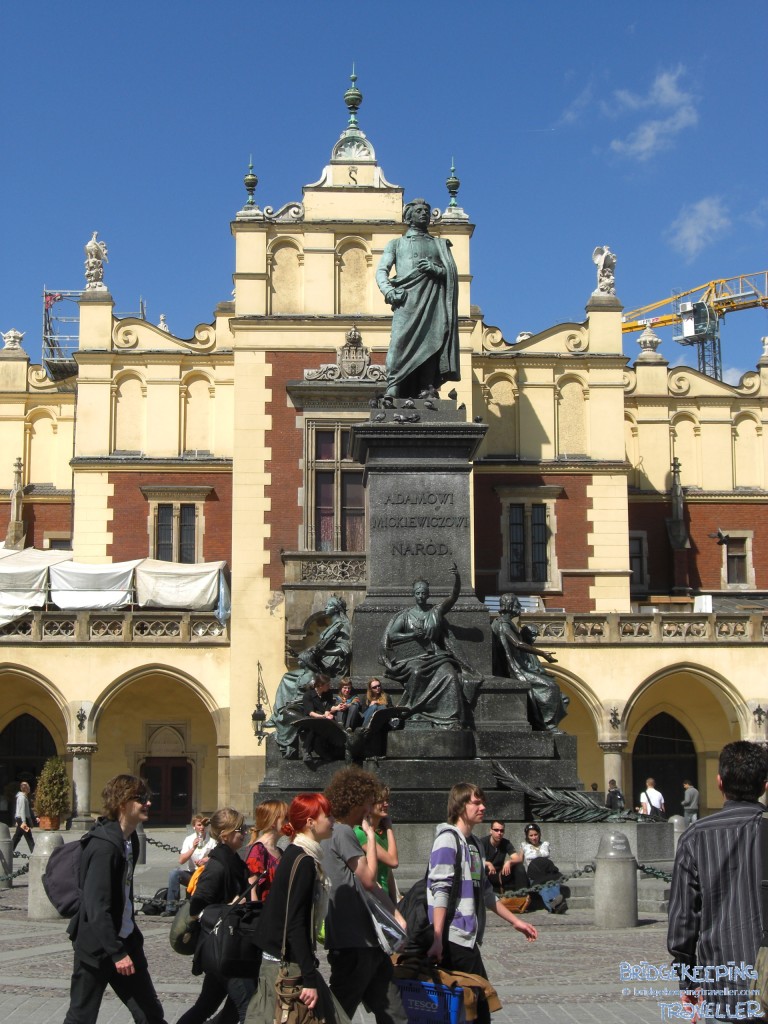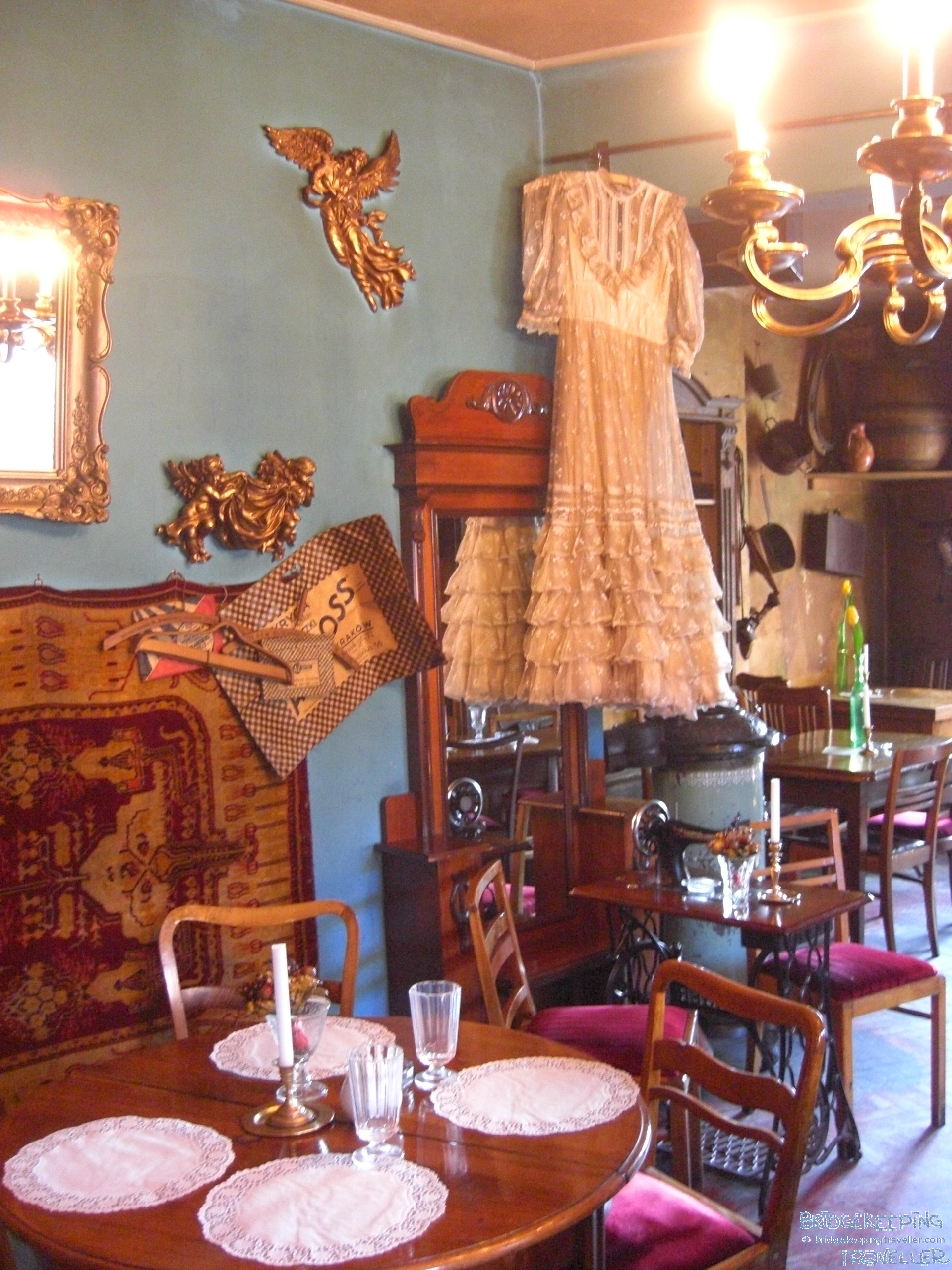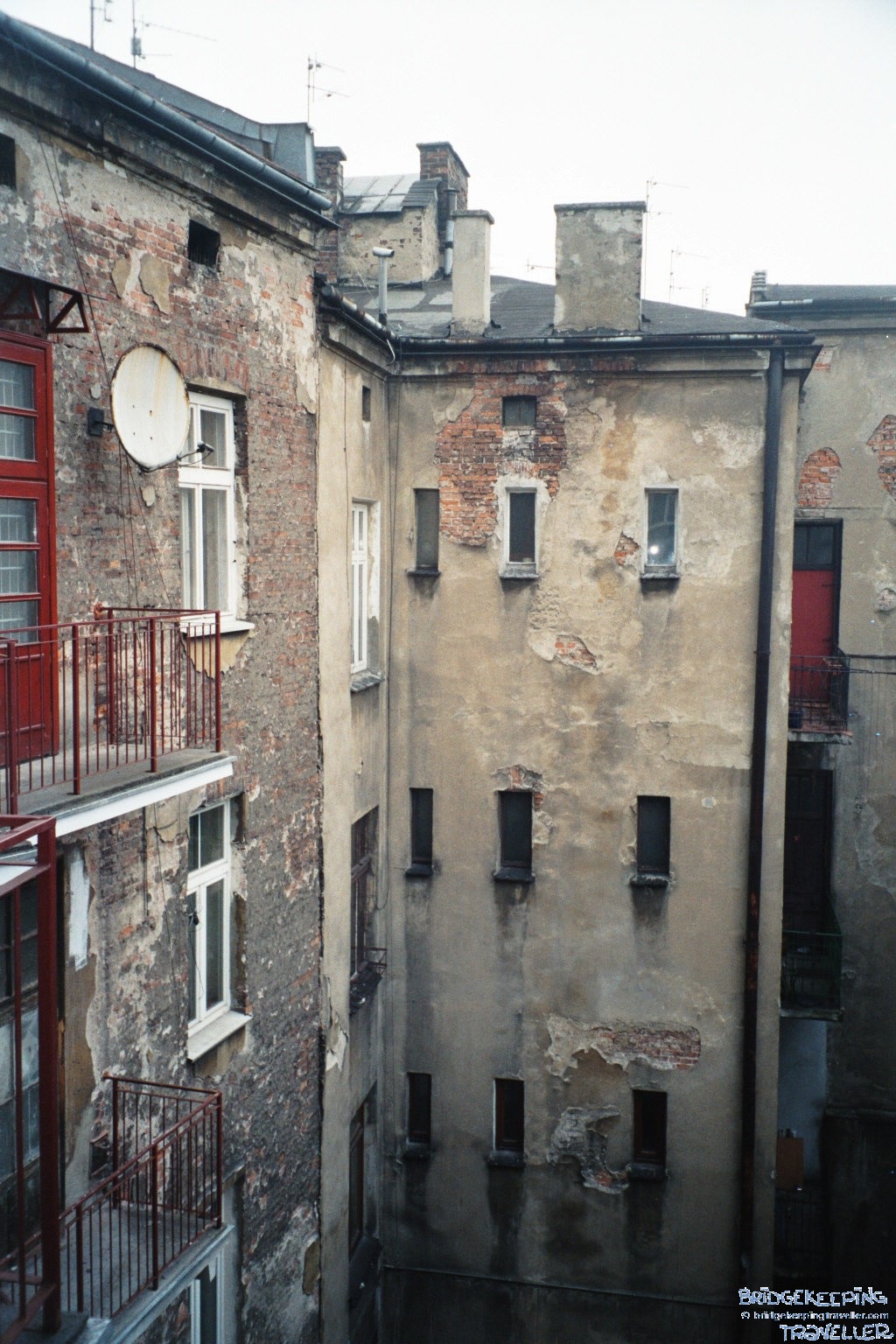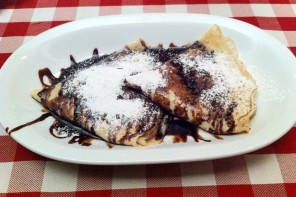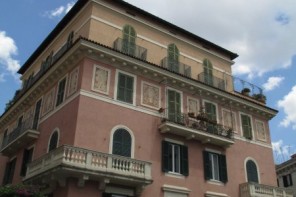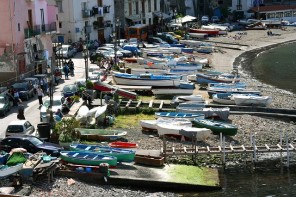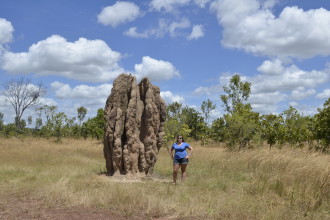In the words of Mariella from BridgeKeeping Traveller, she is “trying to build and keep bridges between people, cultures and different ideas“. Her travel blog showcases this amongst the many bridges she has found and friendships she has formed along the way. In keeping with the many cultures she has found in her travels, she has shown in her words and photos the beauty that is Krakow. I was thrilled that she chose Krakow since my grandparents are from Poland and it was nice to see another side to a city I was lucky enough to have visited during my travels.
You should check out her blog, BridgeKeeping Traveller, to see why I was happy that she chose to write a guest post for my blog.
More than anything, I feel grateful for having been brought up with a love for travel and a curiosity for new places. But while travel has been a part of my life ever since I was small, I had to turn 21 to travel to a place I truly fell in love with out of my very own accord and that made me realize my immense thirst for world and life and the unknown. And that place was Kraków in Poland.
People like to compare Kraków to Vienna – just like many other cities that used to be part of the Austro-Hungarian empire: Budapest. Zagreb. Lviv. I never quite understood why everyone is always so taken with Vienna. Sure, it’s very pretty, but it’s so pristine. I’m missing the edge. Vienna is beautiful to a degree that I always feel a bit out of place. It is too gorgeous. The perfection of its architecture leads to me mistrusting the place. I feel as though it might be just a stage design, something that has been put on. I never quite knew what the real deal is with Vienna. Kraków is just that tad bit more in-your-face while still being equally beautiful.
There are of course grounds for the comparison. Kraków, like the other cities I have mentioned, used to be part of the Austro-Hungarian empire, and that period in history has left its traces on the city’s face; most notably in the stunning Juliusz-Słowacki-Theatre, named after one of the greatest Polish poets from Romanticism. It is beaming in its Habsburg neo-baroque sublimity in Kraków’s old town.
What I like even better about Kraków, however, is its stunning Renaissance architecture. You cannot miss its most prominent example, the Sukiennice (Drapers’ Hall) in the middle of the big market square. Inside it is buzzing and bubbling with tourists and vendors with their stands of amber and kitschy knickknack. The ceiling is decorated with the coats of arms of all major Polish cities. When I go in, I usually never look at the stands. I just
look at the ceiling and travel through Poland in my head.
In front of the Sukiennice you will find a statue. This is Adam Mickiewicz, another important and great romantic poet from Poland. His statue is a prominent meeting point and is affectionately called Adaś, little Adam.
Why are the romantic poets so important? In the 18th century Poland did not have its own territory. It was divided between Prussia, the Habsburg Empire and Russia. Poles kept their culture and their heritage alive for over 120 years in their language, their faith and their art – and the literature of Romanticism played a vital role in this. This time of being deprived of a place to call home has shaped Poland’s national identity greatly, and the sense of patriotism that radiates from the country today is deeply rooted in the pride to have survived this time as a nation. Being German, I am equally intrigued and repelled by that – but always just a little more intrigued.
What else makes Kraków comparable to Vienna is its wonderful coffee house culture. Both in the old town and in the second most well known part of the city, the old Jewish quarter Kazimierz, the opportunities are endless to enter a world out of the 19th century and sit with your coffee or your thick, viscid, pudding-like hot chocolate at a table laid with lace doilies and porcelain candle sticks, forgetting time, doing people watching or reading your book.
And while all of this is gorgeous and picture book pretty, and so are a ton of other places in the city that I could go on talking about for hours and hours, here is what I loved most about Kraków when I first went there: I was on a language course, and I was staying in a flat just outside of the old town that was in an old, unrenovated old building and had high ceilings, parquet floors and and tiled stoves in all the rooms. It was March and still really very cold. The fridge broke at a time and I kept my milk and yoghurt on the outside window sill where both froze to ice. Nonetheless, every morning before I went to my course, I would sit at the open kitchen window in my winter coat and have my morning cigarette with this view:
And until today, it is one of my favorite pictures, the view onto this morbid, grey and broken back yard with bricks showing behind plaster flaking off the walls. It was as though Kraków showed me his real face here, how it was fugacious and volatile, how it knew that things once beautiful weren’t bound to remain so. But then again they still were, in their own sense, very beautiful, and they could be more so if discovered and freed from the grim ravages of time. For some reason I saw all of that in the grey dull backyard, and I wondered what was to be found behind the windows, and I was in love with life in this city so much. And then I would leave for class and pass by five churches on the seven minute walk to the tram, and their splendor would leave me in awe. And I would think: Yes, this is the face you show to the tourists, Kraków. But I know your back yards. They are mine. And they are why I can truly love you.

